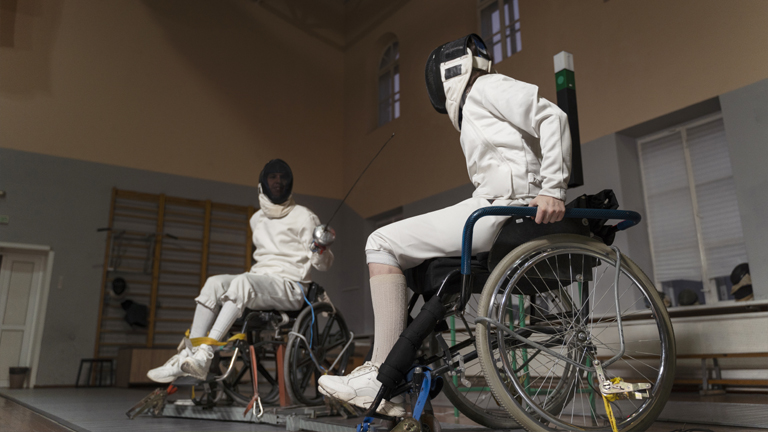Amyotrophic Lateral Sclerosis (ALS), commonly known as Lou Gehrig’s disease, is a progressive neurodegenerative disorder that affects nerve cells in the brain and spinal cord. This condition leads to muscle weakness, paralysis, and eventually respiratory failure. Understanding ALS symptoms, causes, and treatment options is crucial for patients, caregivers, and medical professionals.
In this comprehensive guide, we’ll explore:
-
What ALS is and how it progresses
-
Early warning signs and symptoms
-
Current treatments and promising research breakthroughs
Must Check : Mental Health
What Is ALS? Breaking Down Lou Gehrig’s Disease
Amyotrophic Lateral Sclerosis (ALS) is a type of motor neuron disease that damages the nerve cells responsible for controlling voluntary muscle movements. Over time, these motor neurons degenerate, leading to muscle atrophy and loss of function.
Why Is It Called Lou Gehrig’s Disease?
The condition is named after Lou Gehrig, a famous American baseball player diagnosed with ALS in 1939. His high-profile case brought widespread attention to the disease.
How Does ALS Progress?
ALS progresses in stages, affecting:
-
Upper motor neurons (in the brain) – leading to stiffness and spasticity.
-
Lower motor neurons (in the spinal cord) – causing muscle wasting and weakness.
As the disease advances, patients lose the ability to speak, eat, move, and breathe independently. The ALS life expectancy varies, but most people live 2 to 5 years after diagnosis, though some survive longer with proper care.
ALS Symptoms and Early Warning Signs to Watch For
Recognizing ALS symptoms early can help in managing the disease more effectively. Symptoms often begin subtly and worsen over time.
Early Symptoms of ALS
-
Muscle twitching (fasciculations)
-
Weakness in hands, legs, or feet
-
Slurred speech or difficulty swallowing (dysphagia)
-
Cramping and stiffness in muscles
Advanced Symptoms
As ALS progresses, patients may experience:
-
Severe muscle atrophy
-
Loss of mobility (requiring a wheelchair)
-
Breathing difficulties (due to weakened diaphragm)
-
Complete paralysis in later stages
Is ALS Painful?
While ALS primarily affects motor function, some patients experience pain due to muscle stiffness, joint pressure, or immobility.
Current Treatments and Advances in ALS Research
Although there is no cure for ALS, treatments focus on slowing progression, managing symptoms, and improving quality of life.
FDA-Approved Medications
-
Riluzole (Rilutek) – Extends survival by reducing glutamate toxicity.
-
Edaravone (Radicava) – Slows functional decline by combating oxidative stress.
Supportive Therapies
-
Physical & Occupational Therapy – Helps maintain mobility and independence.
-
Speech Therapy – Assists with communication and swallowing difficulties.
-
Respiratory Support – Non-invasive ventilation (NIV) or tracheostomy in severe cases.
Emerging Research & Breakthroughs
Scientists are exploring:
-
Stem cell therapy to regenerate damaged neurons.
-
Gene therapy targeting genetic mutations (e.g., SOD1, C9ORF72).
-
Neuroprotective drugs to delay neuron degeneration.
Organizations like the ALS Association and MDA (Muscular Dystrophy Association) fund ongoing research for better treatments.
Conclusion: Living with ALS and Future Hope
ALS is a devastating disease, but advancements in research offer hope for improved therapies. Early diagnosis, symptom management, and supportive care can enhance ALS life expectancy and quality of life.
If you or a loved one experience ALS symptoms, consult a neurologist immediately. Staying informed and connected with ALS support groups can provide emotional and practical assistance.
Did you find this guide helpful? Share it to raise awareness about Amyotrophic Lateral Sclerosis (ALS) and support ongoing research efforts.

